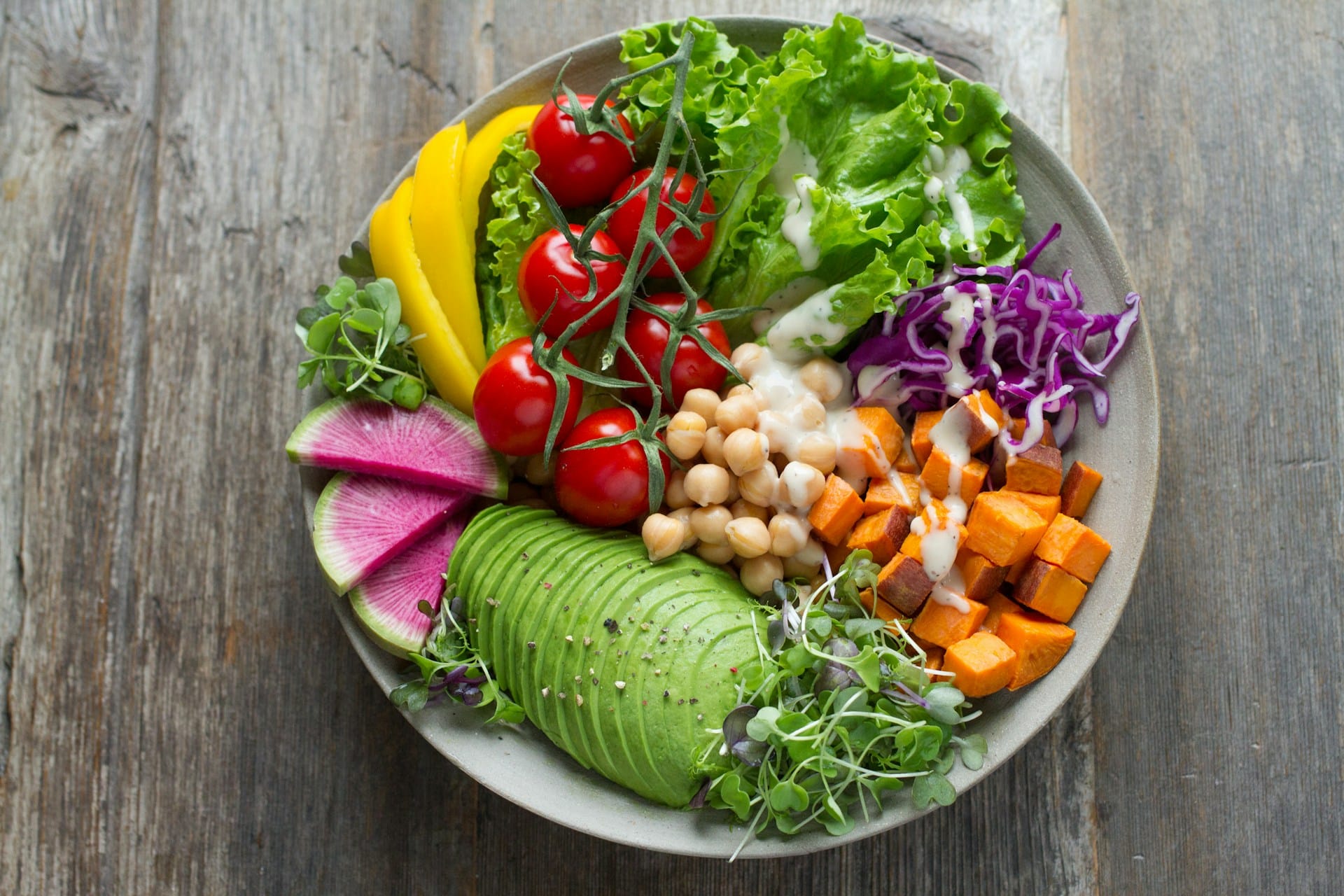Whether you’re a seasoned dog owner with multiple pets or a newbie looking to expand your furry family, one common concern is how to prevent food aggression amongst your brood.
In households with multiple dogs, food guarding can become a significant problem, leading to aggressive behavior and potentially causing harm. However, it is essential to remember that food guarding is not a deliberate act of defiance, but rather a natural instinct that dogs have to protect their resources.
Sujet a lire : Can Dogs Learn Sign Language Commands, and How to Teach Them?
In this article, we’ll delve into the best strategies to help manage a multi-dog household for preventing food aggression. We’ll cover the causes, signs, prevention techniques, and training tips to help you establish a calm, peaceful feeding time in your home.
Understanding Food Aggression in Dogs
Before you can address food aggression in your dogs, it’s crucial to understand what it is and why it happens.
En parallèle : How to Properly Insulate a Doghouse for Harsh Winter Weather?
Food aggression, also known as resource guarding, is a behavior exhibited by dogs where they become defensive over their food. This can manifest as growling, snapping, or even biting if another dog or human gets too close to their meal. It’s a primal instinct, driven by the need to secure resources for survival.
In a household with multiple dogs, this can become an issue, especially if one or more dogs display signs of food aggression. This behavior can lead to tension and stress in your home, affecting the overall harmony of your household.
Recognizing Signs of Food Aggression
Recognizing the signs of food aggression in your dogs is the first step towards managing the issue.
A dog displaying food aggression will show several signs. They may stiffen their body, growl, snap, or show their teeth when another dog or person approaches while they’re eating. In extreme cases, they may lunge or bite.
However, some dogs may show subtler signs, such as eating faster when others are around or positioning themselves between their food and others. By being observant and learning to recognize these signs, you can identify if food aggression is an issue in your household and take steps to address it.
Implementing Feeding Strategies that Prevent Food Aggression
Prevention is often the best cure, and this holds true when it comes to managing food aggression in a multi-dog household.
One effective way to prevent food aggression is by implementing separate feeding areas for each dog. This can be as simple as feeding them in different rooms or in their own crates. Having their own space to eat can reduce a dog’s anxiety around their food and decrease the likelihood of food aggression.
You can also set a feeding schedule so that each dog knows when to expect their meal. Consistency and predictability can help to ease a dog’s anxiety and reduce guarding behavior.
Training Your Dogs to Overcome Food Aggression
Training your dogs to overcome food aggression can be a challenging task, but it’s not impossible.
Positive reinforcement techniques are often the most effective route when it comes to training. Start by rewarding your dogs for calm behavior during feeding time.
Gradually introduce the presence of other dogs or humans during meal times, rewarding your dogs for remaining calm and non-aggressive. This will help them to associate the presence of others with positive experiences, thereby reducing their guarding behavior.
Remember, training takes time and patience. Don’t rush the process and make sure to keep training sessions positive and stress-free.
Seeking Professional Help for Serious Cases
If you’re struggling with severe food aggression amongst your dogs, it may be time to seek professional help.
Professional dog trainers or animal behaviorists have the skills and experience to handle challenging behaviors like food aggression. They can provide personalized training plans and offer valuable advice to manage the situation effectively.
Never attempt to handle a severe case of food aggression on your own, as it can lead to harm to you or your dogs. Always seek professional help if you’re dealing with a serious case.
Managing a multi-dog household to prevent food aggression may seem like a daunting task, but with understanding, patience, and consistent training, it is entirely achievable. Remember, your goal is to create a peaceful and harmonious household for all your dogs, where everyone feels secure and valued.
While it may take some time and effort, the final result—a safe, stress-free space for your dogs—is certainly worth it.
Dealing with Common Challenges in a Multi-Dog Household
In a multi-dog household, managing food aggression can be one of the biggest challenges. Each dog has its personality and level of resource guarding, making the situation even more complicated. However, by understanding the nature of food aggression, recognizing the signs, and implementing appropriate strategies, these issues can be managed effectively.
One common challenge in owning multiple dogs is maintaining equality in feeding. Dogs can sense if their food bowl is smaller or less filled than that of the other dogs, which can trigger aggression. Therefore, it’s essential to keep each dog’s food bowl equal in size and portion.
Another common issue is when one dog finishes its meal faster than the others and tries to steal food from the slower eaters. This situation can lead to fights or even injuries. To prevent this, be sure to supervise meal times and teach the faster eaters to wait patiently until the others have finished.
Finally, introducing a new dog to the household can also be a source of tension. The established dogs may view the newcomer as a threat to their resources, including food. To mitigate this, introduce the new dog gradually and monitor their interactions around meals closely. This can help the dogs to adjust to each other and reduce potential conflicts.
Using positive reinforcement and consistent dog training strategies can go a long way in managing these challenges. Always reward good behavior and discourage aggressive behavior. This can help your dogs associate meal times with positive experiences, thereby reducing their resource guarding tendencies.
Conclusion
Managing a multi-dog household to prevent food aggression can be a challenging task. However, with a better understanding of dog behavior and the right strategies in place, it is certainly achievable. The key is to stay patient, consistent, and proactive in managing your dogs’ behavior.
Remember, food aggression in dogs is not a sign of defiance but a natural instinct to protect their resources. Therefore, it’s important to address this issue with understanding and empathy.
Despite the challenges, owning multiple dogs can be a rewarding experience. With careful management of food aggression, you can ensure a peaceful and harmonious environment for your furry friends.
Positive reinforcement, establishing separate feeding areas, and maintaining a consistent feeding schedule are effective strategies to manage food aggression. In severe cases, don’t hesitate to seek help from a professional dog trainer.
In the end, the effort you put into managing your multi-dog household will pay off when you see your dogs living together peacefully. Remember, your ultimate goal is to provide a safe, stress-free environment where each dog feels secure and valued.











